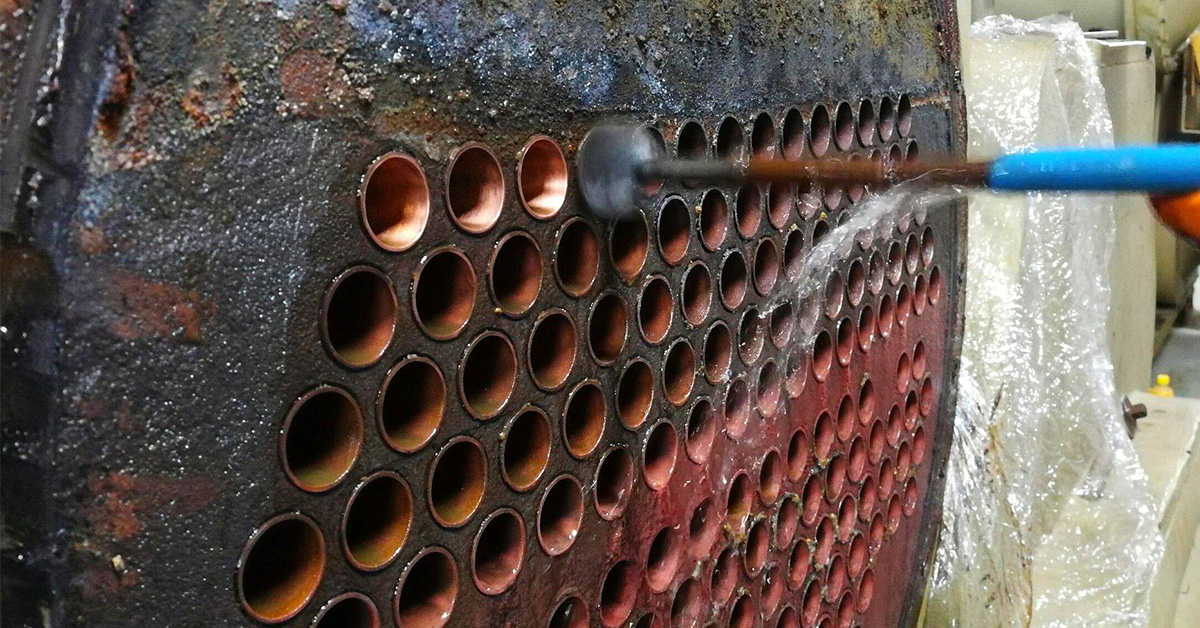Fouling is a significant challenge in the field of chemical and process engineering, impacting the efficiency and operation of various industrial systems. Understanding the types of fouling and their implications is crucial for maintaining optimal performance. This article delves into the world of fouling, exploring its various types, causes, effects, and management strategies in an informative yet conversational tone.
1. Introduction to Fouling
Fouling refers to the unwanted accumulation of material on solid surfaces, which can drastically affect the performance of equipment such as heat exchangers, pipes, and reactors. This phenomenon is not only a technical nuisance but also an economic concern, leading to increased energy consumption, reduced equipment life, and frequent maintenance requirements.
2. Types of Fouling
2.1. Particulate Fouling
Particulate fouling occurs when particles suspended in a fluid deposit onto a surface. This type of fouling is common in systems with dirty or untreated fluids and can lead to blocked filters, reduced heat transfer, and increased pressure drop across equipment.
2.2. Biological Fouling
Biological fouling, or biofouling, involves the accumulation of microorganisms, plants, algae, or small animals on wetted surfaces. It is particularly problematic in cooling towers, membranes, and marine equipment. Biofouling can lead to corrosion, reduced heat transfer efficiency, and can even introduce harmful biological substances into the system.
2.3. Chemical Fouling
Chemical fouling results from chemical reactions occurring on a surface. Examples include polymerization, oxidation, and decomposition. This type of fouling is often temperature-dependent and can be observed in reactors, boilers, and heat exchangers.
2.4. Corrosion Fouling
Corrosion fouling occurs when a surface corrodes, and the corrosion products deposit on the same or another surface. It is a two-fold problem involving both the loss of material due to corrosion and the impact of the deposited corrosion products on system performance.
2.5. Scaling
Scaling is a type of fouling caused by the precipitation of dissolved minerals. Common in water treatment systems and boilers, scaling can drastically reduce heat transfer rates and flow capacities.
3. Causes and Effects of Fouling
The causes of fouling are as diverse as its types. They range from poor water treatment, use of inappropriate materials, to operational conditions like temperature and flow velocity. The effects of fouling are predominantly negative, impacting energy efficiency, increasing operational costs, and reducing equipment life.
4. Fouling Management Strategies
Effective fouling management is essential in process automation and industrial IT systems. Strategies include:
4.1. Proper Material Selection and System Design
Choosing the right materials and designing systems to minimize areas prone to fouling are critical steps in fouling management.
4.2. Regular Maintenance and Cleaning
Routine maintenance and scheduled cleaning can mitigate the effects of fouling, ensuring systems operate at peak efficiency.
4.3. Use of Anti-fouling Coatings
Applying anti-fouling coatings can prevent or reduce the rate of fouling, particularly in systems exposed to biological and chemical fouling.
4.4. Process Optimization
Optimizing process conditions such as temperature, flow rate, and pressure can significantly reduce the likelihood of fouling.
4.5. Water Treatment and Filtration
Proper water treatment and filtration are essential in preventing scaling and particulate fouling in water-based systems.
5. Conclusion
Fouling is a multifaceted issue in chemical and process engineering, demanding a comprehensive understanding and strategic management. By recognizing the types of fouling and implementing effective control measures, engineers can ensure the longevity and efficiency of industrial systems.

